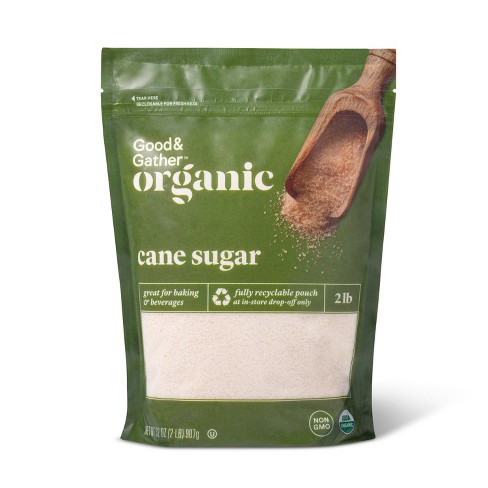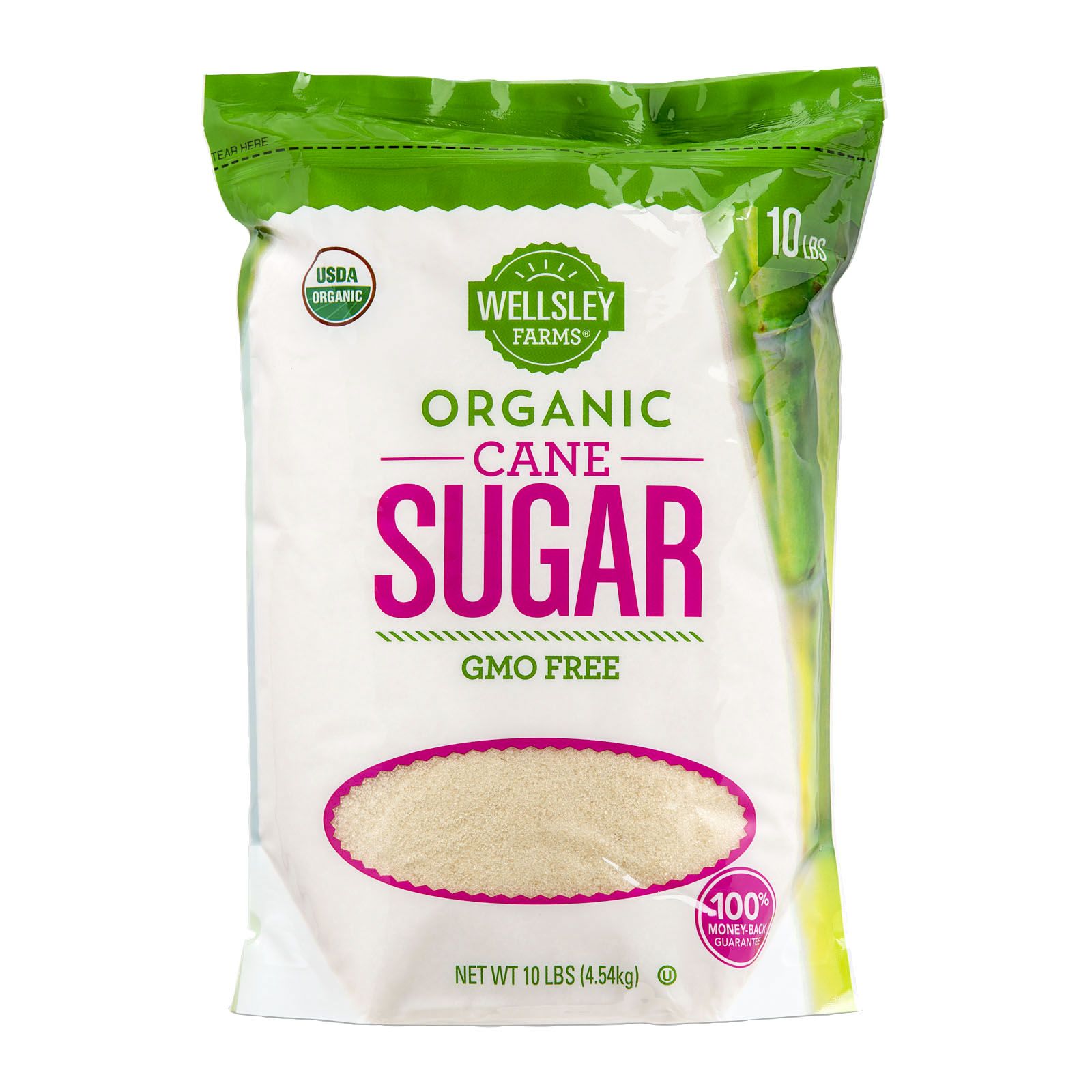The Science Behind Cane Sugar Processing: Exactly How Sweet Taste is Fine-tuned
The Science Behind Cane Sugar Processing: Exactly How Sweet Taste is Fine-tuned
Blog Article
Checking Out the Comprehensive Steps Included in Cane Sugar Processing From Gathering to Improvement
The procedure of walking cane sugar manufacturing includes a series of intricate actions, starting with the careful harvesting of sugarcane and culminating in the improvement phases that make certain the last product meets sector standards. Each stage, from the removal of juice to the filtration and condensation processes, plays a critical duty in identifying the top quality and personality of the sugar.
Gathering Sugarcane
Collecting sugarcane is an important action in the walking stick sugar handling chain, as it straight influences the quality and return of the last item. Proper timing and strategies are necessary throughout this phase to make certain optimal sugar web content and decrease losses. Usually, sugarcane is harvested when it reaches maturation, normally 12 to 18 months after growing, defined by a high sucrose concentration.

Post-harvest, the sugarcane needs to be refined promptly to stop sucrose degradation. Preferably, gathered walking cane ought to be delivered to processing centers within 1 day to protect sugar high quality. As a result, reliable logistical preparation is vital to preserve the integrity of the harvested crop throughout the supply chain.
Removal Refine

The smashed cane goes through a series of pressing procedures to optimize juice healing. Typically, warm water is sprayed onto the smashed walking cane, creating a countercurrent circulation that assists dissolve the sugar while additionally helping in the removal procedure. The juice gathered from this operation consists of not just sugar but also different organic substances and pollutants.

To boost extraction effectiveness, some centers might utilize diffusion techniques, where the sugarcane is saturated in warm water, enabling the soluble sugars to diffuse right into the liquid. The resulting juice, abundant in sucrose, is then directed to subsequent handling stages, laying the foundation for purification and improvement. The removal procedure is thus essential in figuring out the high quality and return of the final sugar item.
Filtration Strategies
The filtration strategies employed in walking cane sugar processing are necessary for changing the raw juice into a high-quality sugar product. These approaches largely aim to eliminate pollutants, such as soil, plant products, and not natural materials, which can negatively impact the final product's taste and color.
This procedure includes adding lime and heat to the raw juice, which facilitates the coagulation of pollutants. Additionally, the use of phosphoric acid can enhance the clarification procedure by more binding pollutants.
Another considerable technique is carbonatation, where carbon dioxide is introduced to the clarified juice. This reaction creates calcium carbonate, which catches staying impurities and advertises their removal.
Additionally, triggered carbon treatment may be related to adsorb any staying colorants and natural pollutants, guaranteeing a more polished item. The mix of these methods successfully prepares the sugar juice for succeeding steps in the refining process, setting the phase for the production of premium walking stick sugar.
Crystallization Techniques
After the filtration phase, the following crucial action in cane sugar processing includes crystallization methods, which play a crucial function in transforming the made clear juice right into solid sugar. This process usually utilizes 2 key techniques: spontaneous formation and regulated formation.
In spontaneous condensation, supersaturated sugar solutions are enabled to cool down naturally, bring about the formation of sugar crystals over time. This method is easier however might result in unequal crystal sizes and reduced pureness degrees. On the other hand, controlled formation is a more specific technique where seeding, concentration, and temperature level representatives are meticulously taken care of. This technique enables for the consistent growth of sugar crystals and higher purity.
During condensation, the clarified juice is concentrated via evaporation, increasing its sugar material till it gets to supersaturation. Once this factor is achieved, either technique can promote the formation process. Cane Sugar Processing. The resultant sugar crystals are then divided from the continuing to be syrup with centrifugation
Inevitably, the option go right here of condensation approach influences the top quality, size, and purity of the final sugar product, making this step essential in the overall walking stick sugar processing treatment.
Improvement and Product Packaging
Exactly how can the pureness and high quality of walking stick sugar be better boosted after condensation? The refinement process plays a crucial role in attaining high-quality walking cane sugar.
Following, the sugar is subjected to a click to read more process called centrifugation, where it is spun at broadband to divide the cleansed sugar crystals from the staying liquid. After centrifugation, the sugar is usually further refined with a technique called carbonization or phosphatation, which utilizes triggered carbon or phosphoric acid to remove color and off-flavors.
As soon as fine-tuned, the sugar is dried to accomplish the preferred moisture content, making sure that it remains steady throughout storage space and transportation. The last step involves packaging the polished sugar in moisture-proof and airtight containers to maintain its quality and protect against contamination. Cane Sugar Processing. Proper packaging not just expands rack life however additionally promotes easy handling and circulation, guaranteeing that customers receive sugar that fulfills the highest possible standards of purity and high quality
Conclusion
The detailed steps included in walking cane sugar handling, from the precise harvesting of sugarcane to the complex refinement and packaging stages, emphasize the value of each stage in ensuring top notch sugar production. Ideal harvesting techniques, efficient removal methods, and rigorous purification procedures collectively add to the final item's pureness and stability. The crystallization and succeeding packaging methods better boost the stability and life span of the sugar, highlighting the intricacy and precision fundamental in this necessary farming industry.
The procedure of walking cane sugar production includes a series of complex actions, beginning with the cautious harvesting of sugarcane and culminating in the improvement phases that ensure the last product meets sector standards. Ideally, gathered walking cane should be moved to processing facilities within 24 hours to maintain sugar quality.In spontaneous condensation, supersaturated sugar services are permitted to cool naturally, leading to the development of sugar crystals over time - Cane Sugar Processing. The refinement click reference process plays an essential role in accomplishing top notch cane sugar.The detailed actions entailed in cane sugar handling, from the thorough harvesting of sugarcane to the complex refinement and packaging phases, underscore the relevance of each stage in ensuring premium sugar production
Report this page